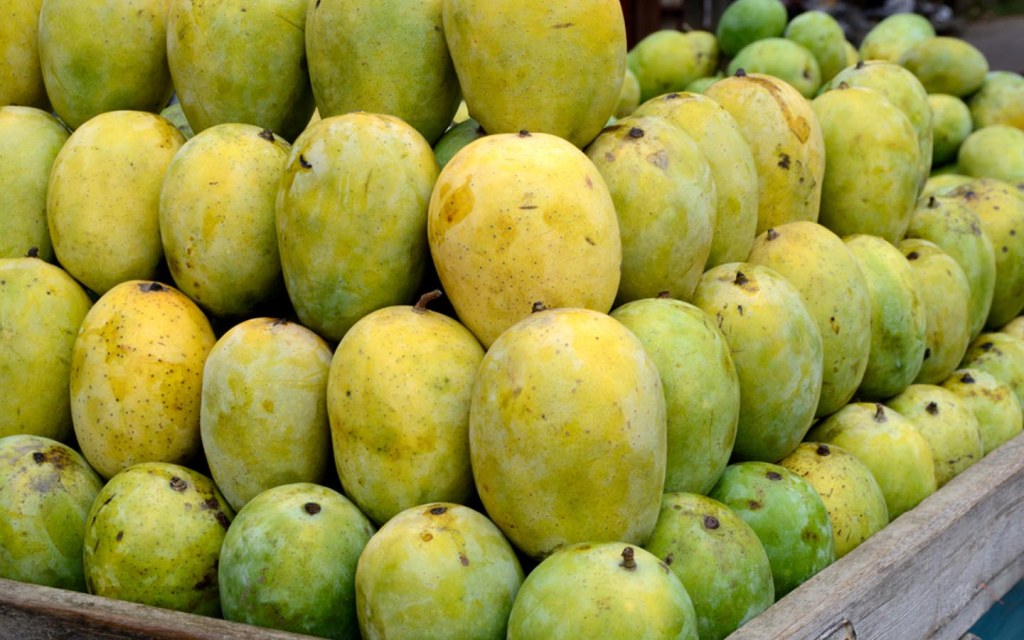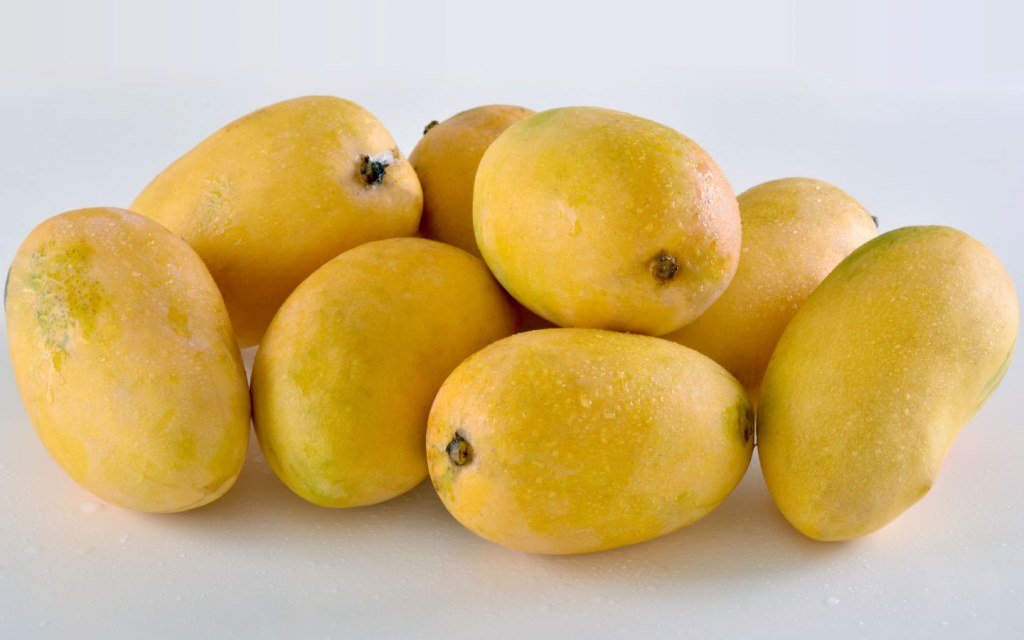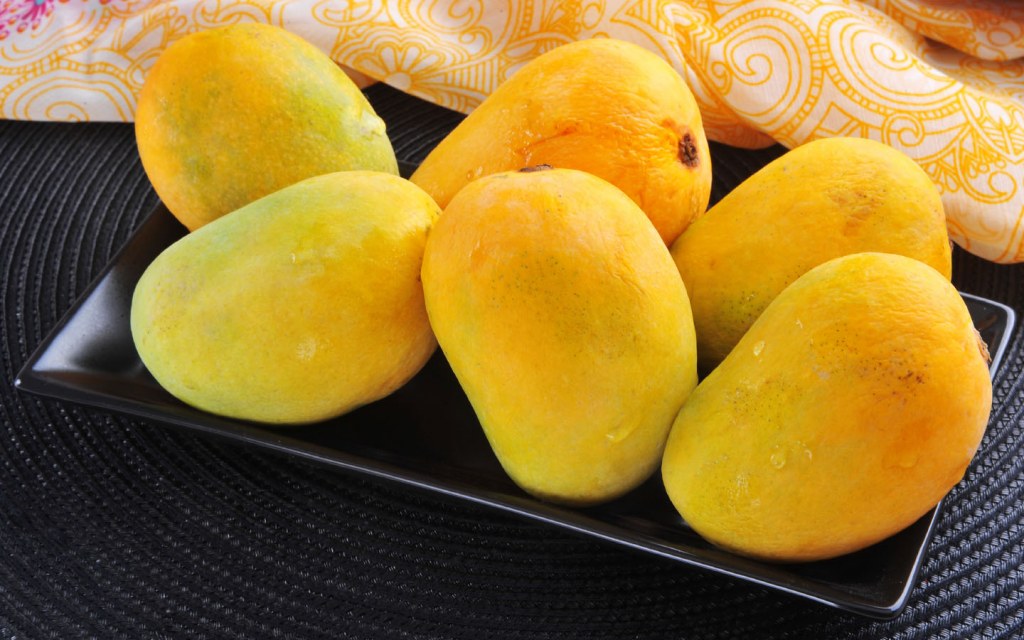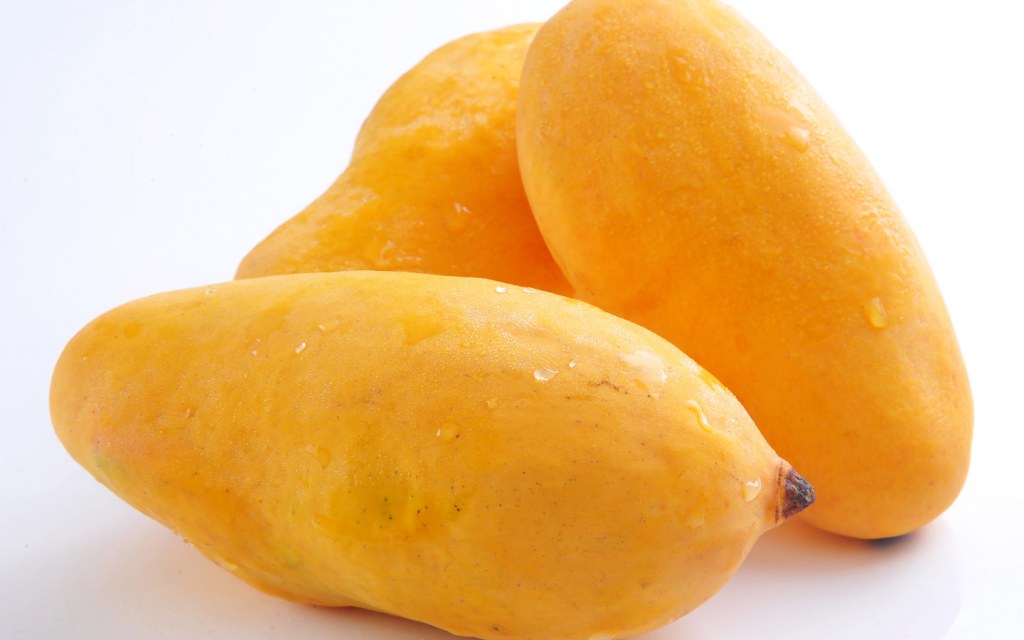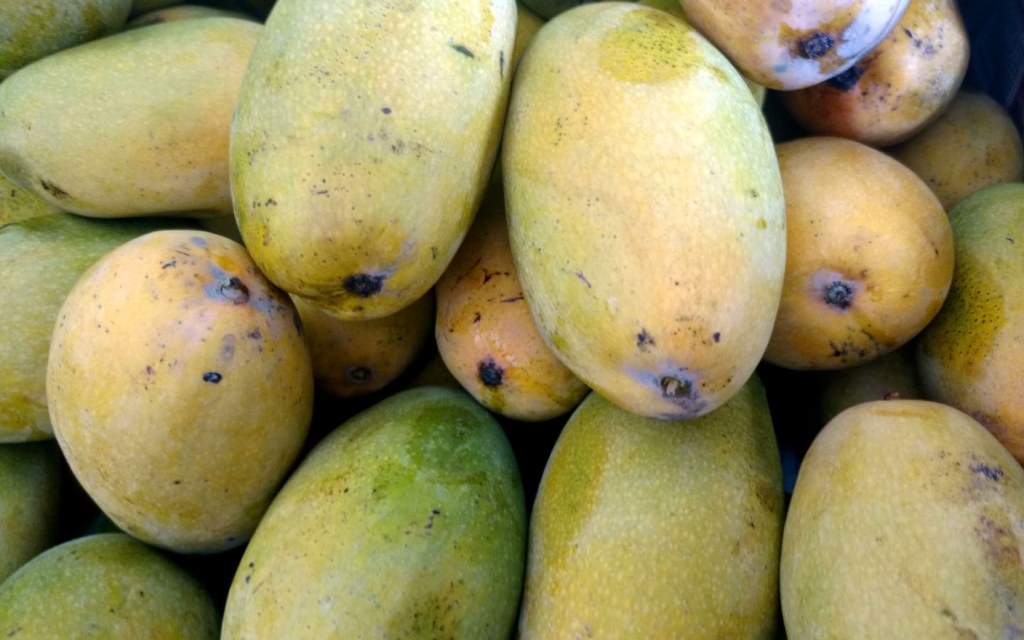ghazi52
PDF THINK TANK: ANALYST

- Joined
- Mar 21, 2007
- Messages
- 101,794
- Reaction score
- 106
- Country
- Location
Mango Farming in Pakistan
Mango Farm Survey in Sindh, Pakistan
Tehmina Mangan
Professor Sindh Agriculture University Tandojam
t.economist@hotmail.com
Ummul Ruthbah
Research Fellow Centre for Development Economics and Sustainability Monash University ummul.ruthbah@monash.edu Abstract
Pakistan is the world’s fourth largest producer of mangoes, but its share in global trade is much smaller, its exports held back by quality problems related to poor processing. We report here on results of surveys of farmers cultivating mangoes in Sindh. The findings of this study conform with most of the views found in existing literature. Our farmers lack the incentive for proper orchard management and disease control as contractors own the fruits – resulting in poor quality mangoes. This results from the system of divided responsibility in orchard management between the grower and the contractor. In order to reduce cost contractors often do strip harvesting, or hand-picking resulting in sap burn or blemishes on the skin which makes the mango look unattractive. Most often the fruits are not sorted. Fruits are usually transported in wooden boxes, which causes further damage. Our farmers are totally ignorant of any training facility or registration requirements. Most of them are reluctant to change their farming and marketing practices as well. Women’s involvement in mango farming is minimal in our sample. The survey reveals that there is demand for information regarding better farm management, training in modern mango growing technology and access to formal credit among farmers and providing them with these facilities can increase productivity and help removing some of the inefficiencies present in this market. Keywords Horticulture, Mango, Farmers, Inefficiency, Pakistan © 2018 Tehmina Mangan and Ummul Ruthbah
Pakistan is the one of the world’s largest horticulture producing countries. In the last decade agricultural sector contributed about one fifth of its GDP and horticulture constituted about 5% of its agriculture. In 2015-16 it produced some 14.1 million tons of fruits, vegetables and condiments on 1.5 million hectares of land (Mininstry of National Food Security and Research , 2016), whereas, total area under cultivation was around 23.2 million hectares (Ministry of Finance, 2016). The Government of Pakistan considers investing in horticulture as one of the potential source generating employment opportunities and growth of small producers (World Bank, 2015). However, due to various inefficiency in the process of harvesting, post-harvest handling and marketing coupled with inadequate infrastructure facilities, this sector suffers from huge wastage and is yet to achieve its full potential both in the domestic and international markets. The project, “Policy and Institutional Reforms to Improve Horticultural Markets in Pakistan’, funded by the ACIAR, aimed at identifying the reasons behind market inefficiency in the horticulture sector and making plausible reform recommendations to help Pakistan achieve its potential in the domestic and international horticulture market. The project identified three major horticulture produce – mango, chilli and tomato to achieve these goals. As a part of the first objective of the project - to understand the structure and main features of the existing market system, we conducted several surveys of the growers and supply chain partners – commission agents, wholesalers and retailers/exporters. This paper is based on the survey conducted on the mango farmers in the province of Sindh. Like the other horticulture products in Pakistan, mango suffers from low productivity, low quality, high wastage and low exports. Fruit quality is generally good but 30 to 40 percent of fruit gets wasted during post-harvest handling. There is a lack of modern storage facility; and postharvest treatment and transport mechanism is almost non-existent. Periodic gluts occur on domestic markets as the markets lack the capacity to store fruit. The export market faces similar challenges. In general, a value oriented supply chain mechanism is absent in the mango market in Pakistan and there are concerns that current returns for growers are unsustainable (Collins, Dunne, Campbell, Jhonson, & Malik, 2006). There are several other impediments in the supply chain management. Most market power is concentrated to commission agents (Mehdi, 2012). Besides, the lack of any direct relationship between growers and processors/exporters make the supply chain protracted. The government of Pakistan and other national and international aid agencies have undertaken several projects to improve the production and marketing of chilli in Pakistan. The ASLP (Australia Pakistan Agricultural Sector Linkage Program) project 2008, introduced better orchard management and harvesting practices by training farmers (Mehdi, 2012). In the second of the ASLP project trained farmers in improved pruning, irrigation, disease control and sanitation practices, such as heat treating mangoes (ACIAR, 2013). The findings of this study conform with most of the views found in existing literature. Our farmers lack the incentive for proper orchard management and disease control as contractors own the fruits – resulting in poor quality mangoes. This results from the system of divided responsibility in orchard management between the grower and the contractor. In order to reduce cost contractors often do strip harvesting, or hand-picking resulting in sap burn or blemishes on the skin which makes the mango look unattractive. Most often the fruits are not sorted and when they are, sorting is done on ground exposing the fruits to soil borne contamination. Fruits are usually transported in wooden boxes, which causes further damage. Our farmers are totally ignorant of any training facility or registration requirements. Most of them are reluctant to change their farming and marketing practices as well.
Top 10 Best Mango Varieties In The Pakistan
....
Mango Farm Survey in Sindh, Pakistan
Tehmina Mangan
Professor Sindh Agriculture University Tandojam
t.economist@hotmail.com
Ummul Ruthbah
Research Fellow Centre for Development Economics and Sustainability Monash University ummul.ruthbah@monash.edu Abstract
Pakistan is the world’s fourth largest producer of mangoes, but its share in global trade is much smaller, its exports held back by quality problems related to poor processing. We report here on results of surveys of farmers cultivating mangoes in Sindh. The findings of this study conform with most of the views found in existing literature. Our farmers lack the incentive for proper orchard management and disease control as contractors own the fruits – resulting in poor quality mangoes. This results from the system of divided responsibility in orchard management between the grower and the contractor. In order to reduce cost contractors often do strip harvesting, or hand-picking resulting in sap burn or blemishes on the skin which makes the mango look unattractive. Most often the fruits are not sorted. Fruits are usually transported in wooden boxes, which causes further damage. Our farmers are totally ignorant of any training facility or registration requirements. Most of them are reluctant to change their farming and marketing practices as well. Women’s involvement in mango farming is minimal in our sample. The survey reveals that there is demand for information regarding better farm management, training in modern mango growing technology and access to formal credit among farmers and providing them with these facilities can increase productivity and help removing some of the inefficiencies present in this market. Keywords Horticulture, Mango, Farmers, Inefficiency, Pakistan © 2018 Tehmina Mangan and Ummul Ruthbah
Pakistan is the one of the world’s largest horticulture producing countries. In the last decade agricultural sector contributed about one fifth of its GDP and horticulture constituted about 5% of its agriculture. In 2015-16 it produced some 14.1 million tons of fruits, vegetables and condiments on 1.5 million hectares of land (Mininstry of National Food Security and Research , 2016), whereas, total area under cultivation was around 23.2 million hectares (Ministry of Finance, 2016). The Government of Pakistan considers investing in horticulture as one of the potential source generating employment opportunities and growth of small producers (World Bank, 2015). However, due to various inefficiency in the process of harvesting, post-harvest handling and marketing coupled with inadequate infrastructure facilities, this sector suffers from huge wastage and is yet to achieve its full potential both in the domestic and international markets. The project, “Policy and Institutional Reforms to Improve Horticultural Markets in Pakistan’, funded by the ACIAR, aimed at identifying the reasons behind market inefficiency in the horticulture sector and making plausible reform recommendations to help Pakistan achieve its potential in the domestic and international horticulture market. The project identified three major horticulture produce – mango, chilli and tomato to achieve these goals. As a part of the first objective of the project - to understand the structure and main features of the existing market system, we conducted several surveys of the growers and supply chain partners – commission agents, wholesalers and retailers/exporters. This paper is based on the survey conducted on the mango farmers in the province of Sindh. Like the other horticulture products in Pakistan, mango suffers from low productivity, low quality, high wastage and low exports. Fruit quality is generally good but 30 to 40 percent of fruit gets wasted during post-harvest handling. There is a lack of modern storage facility; and postharvest treatment and transport mechanism is almost non-existent. Periodic gluts occur on domestic markets as the markets lack the capacity to store fruit. The export market faces similar challenges. In general, a value oriented supply chain mechanism is absent in the mango market in Pakistan and there are concerns that current returns for growers are unsustainable (Collins, Dunne, Campbell, Jhonson, & Malik, 2006). There are several other impediments in the supply chain management. Most market power is concentrated to commission agents (Mehdi, 2012). Besides, the lack of any direct relationship between growers and processors/exporters make the supply chain protracted. The government of Pakistan and other national and international aid agencies have undertaken several projects to improve the production and marketing of chilli in Pakistan. The ASLP (Australia Pakistan Agricultural Sector Linkage Program) project 2008, introduced better orchard management and harvesting practices by training farmers (Mehdi, 2012). In the second of the ASLP project trained farmers in improved pruning, irrigation, disease control and sanitation practices, such as heat treating mangoes (ACIAR, 2013). The findings of this study conform with most of the views found in existing literature. Our farmers lack the incentive for proper orchard management and disease control as contractors own the fruits – resulting in poor quality mangoes. This results from the system of divided responsibility in orchard management between the grower and the contractor. In order to reduce cost contractors often do strip harvesting, or hand-picking resulting in sap burn or blemishes on the skin which makes the mango look unattractive. Most often the fruits are not sorted and when they are, sorting is done on ground exposing the fruits to soil borne contamination. Fruits are usually transported in wooden boxes, which causes further damage. Our farmers are totally ignorant of any training facility or registration requirements. Most of them are reluctant to change their farming and marketing practices as well.
Top 10 Best Mango Varieties In The Pakistan
....
Last edited:






